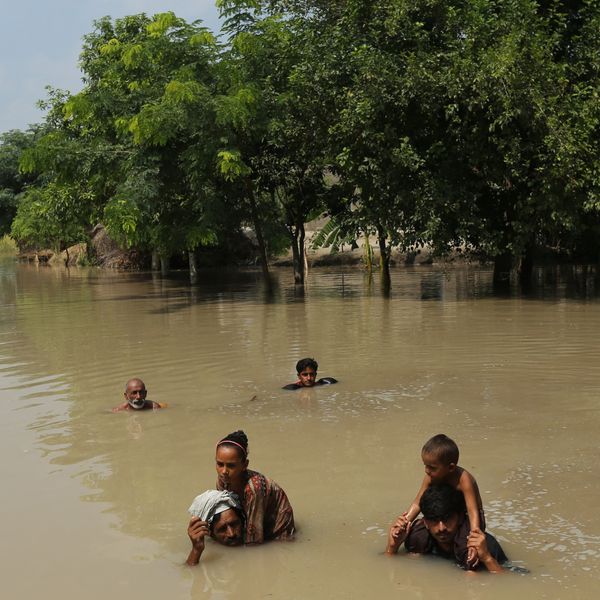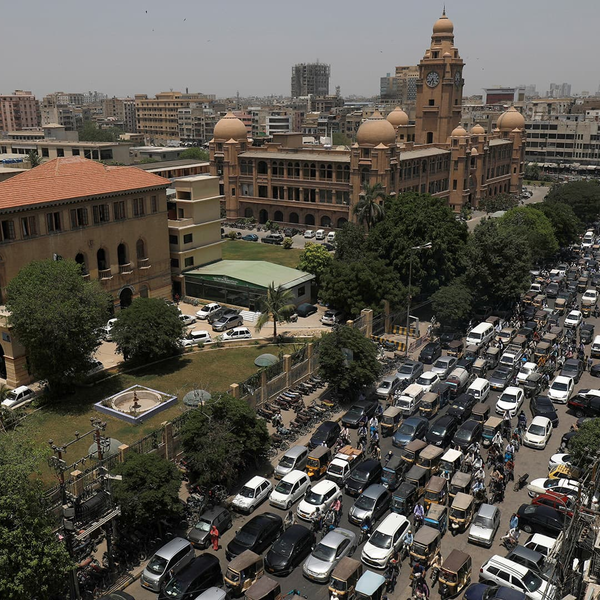Cotton arrivals up 9% in Pakistan despite floods, outlook remains bleak
Gains in Punjab and Sindh may be short-lived as crop losses threaten textile exports and food security

Haris Zamir
Business Editor
Experience of almost 33 years where started the journey of financial journalism from Business Recorder in 1992. From 2006 onwards attached with Television Media worked at Sun Tv, Dawn Tv, Geo Tv and Dunya Tv. During the period also worked as a stringer for Bloomberg for seven years and Dow Jones for five years. Also wrote articles for several highly acclaimed periodicals like the Newsline, Pakistan Gulf Economist and Money Matters (The News publications)

In a surprising development, Pakistan’s cotton arrivals rose 9% year-on-year as of August 31, despite widespread flooding that has devastated major agricultural regions, according to data released Wednesday by the Pakistan Cotton Ginners Association (PCGA).
Total cotton arrivals reached 1.336 million bales by the end of August, up from 1.226 million bales during the same period last year. The increase is attributed to stronger inflows from both Punjab and Sindh provinces.
In Punjab, cotton arrivals rose by 3% to 466,000 bales, compared to 453,000 bales in 2024. Sindh saw a sharper rise of 13%, with arrivals totaling 870,000 bales versus 773,000 bales a year earlier.
Despite the encouraging figures, experts warn the gains may be short-lived. Severe monsoon flooding has wreaked havoc across key farming regions, particularly in central and southern Punjab, damaging vast tracts of fertile land and destroying major crops including rice, sugarcane, maize, vegetables, and cotton.
“The improvement in cotton arrivals is notable, but it’s unlikely to hold,” said said an agriculturalist . “Preliminary assessments suggest cotton output may still fall 35% short of its annual target due to flood-related losses.”
The cotton crop’s uncertain outlook poses a significant risk to Pakistan’s textile industry, which accounts for more than 50% of the country’s total exports. The industry is already grappling with external challenges, including a 19% U.S. tariff on Pakistani textile exports, a factor that experts say could further strain supply chains and hurt export revenues.
The floods have also wiped out an estimated 60% of Punjab’s rice crop and 30% of its sugarcane, exacerbating concerns over food security and economic recovery in the months ahead.










Comments
See what people are discussing